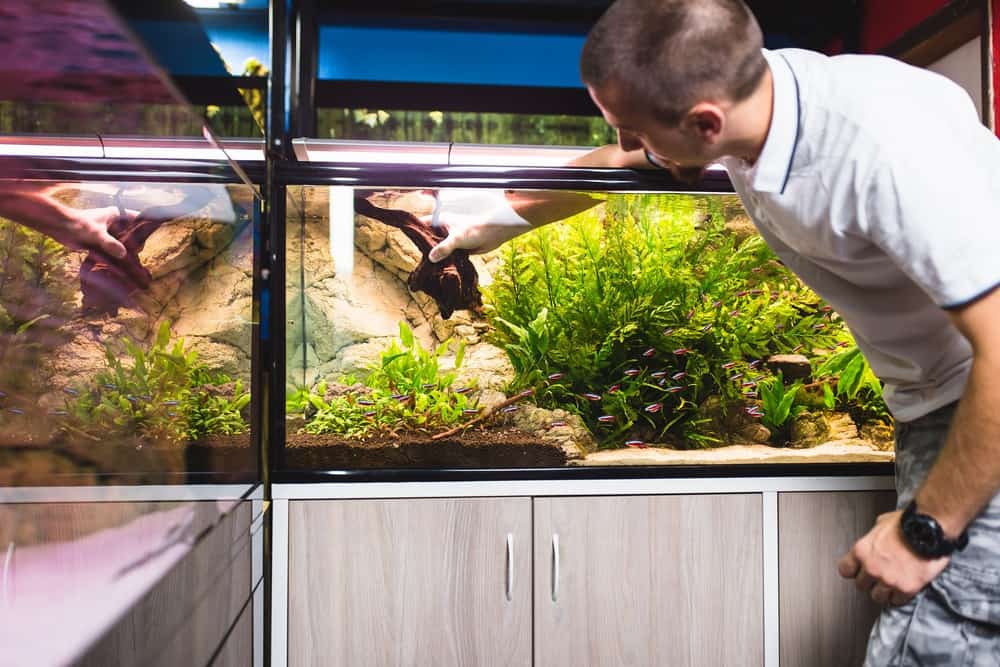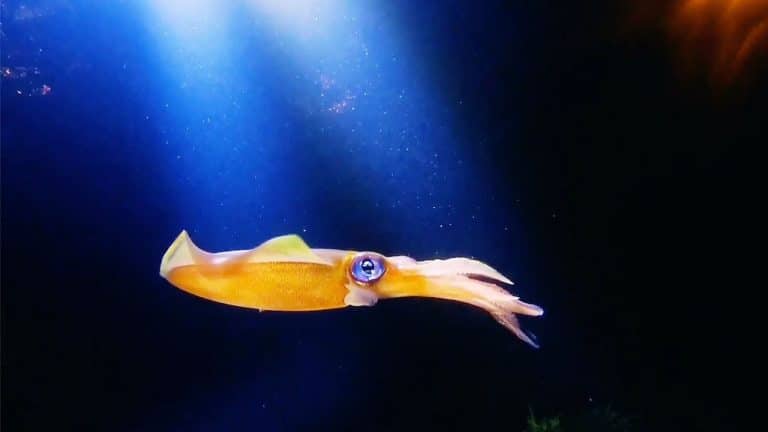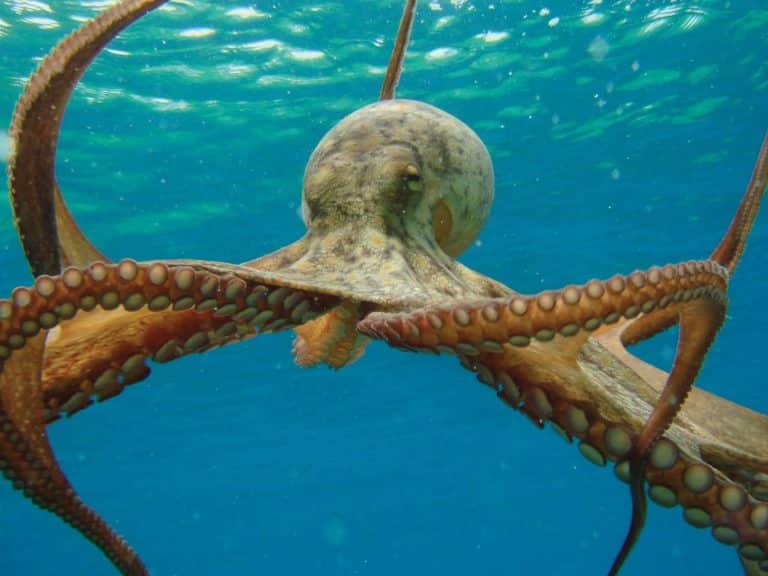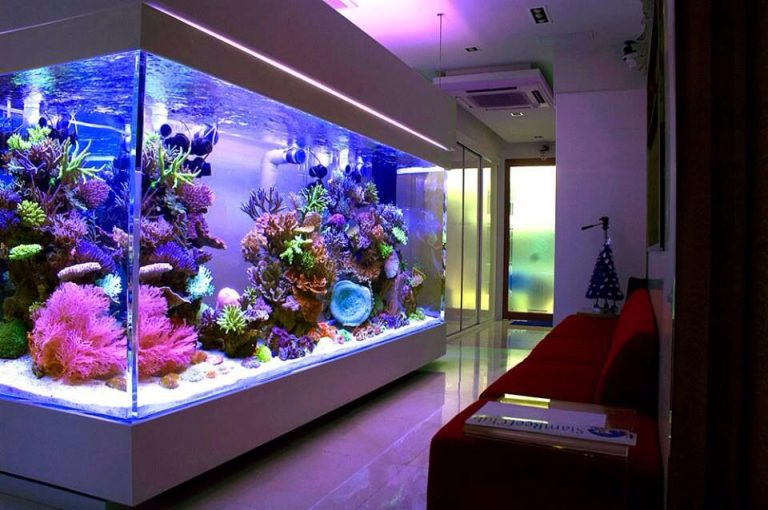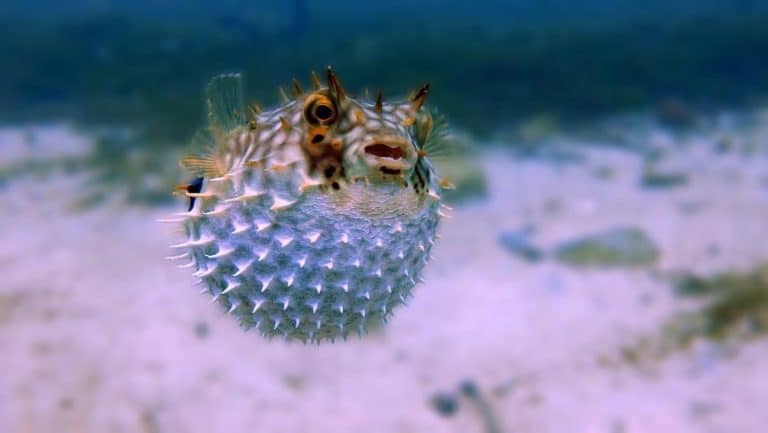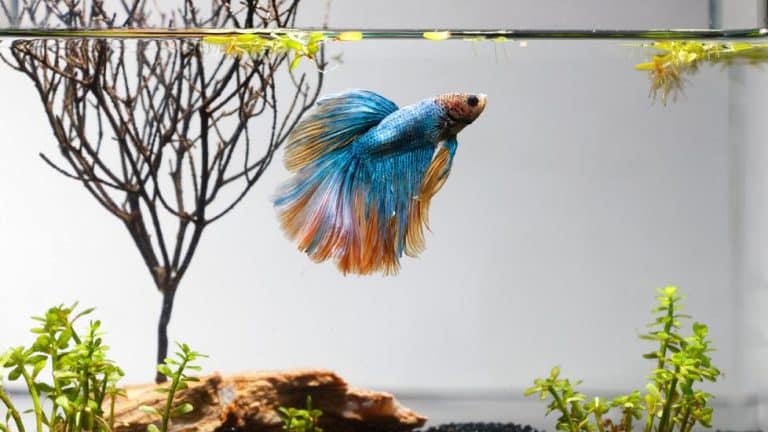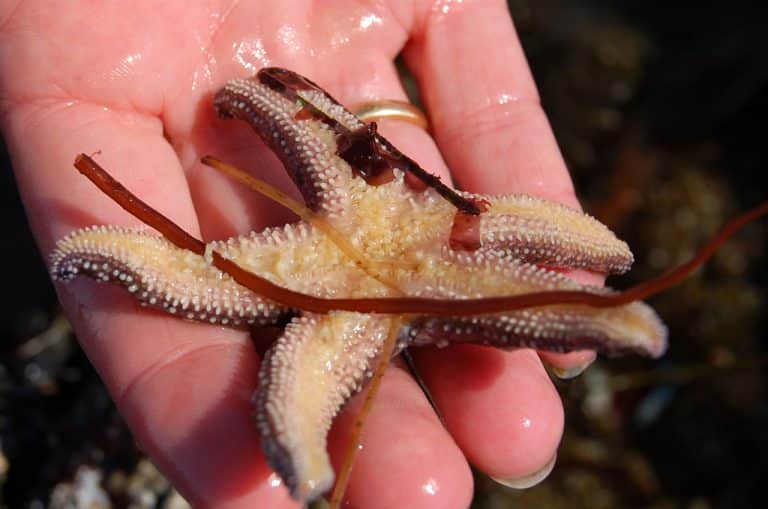The Ultimate Guide to Properly Clean Aquarium Sand
Do you have an aquarium and are looking for ways to get rid of sand in your fish tank? Cleaning your fish tank in fixed intervals is essential for maintaining a healthy environment for the fish.
Getting rid of the sand becomes crucial as most fishes settle down at the bottom of the tank along with their wastes, which can make your fish extremely sick and hamper the healthy environment.
There are a few methods that can help you remove the sand in your fish tank; there are four major methods that you can follow to get your fish tank squeaky clean.
Let’s learn more about sand cleaning, its process, and its important role in keeping the fish tank fresh, clean, safe, and healthy for your fish.
Importance of Cleaning the Fish Tank
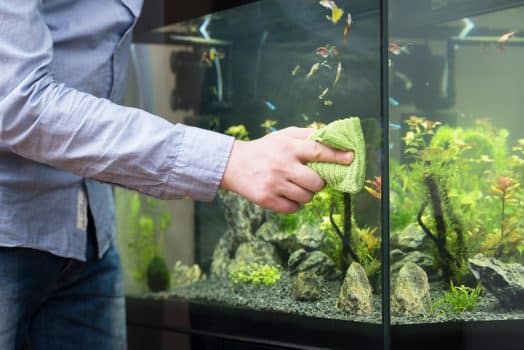
There are several reasons why it is important to clean the fish tank.
The very basic would be, as a fish parent, its your responsibility to provide a clean and safe environment for your fish to thrive.
Let’s talk about more detailed reasons:
1. To Prevent a Build-Up of Toxins and Bacteria
If you leave your fish tank uncleaned for an extended period, then your fish tank becomes the abode for harmful toxins and bacteria, which can cause several illnesses to your fish.
Moreover, when the sand is uncleaned for longer, it affects the fresh water and lowers the pH in fish tanks, making the water more acidic.
2. To Keep Your Plants Healthy
Like fish in a fish tank, plants also require a conducive and cordial environment to sustain their growth.
If you don’t clean your fish tank for a while, then the waste generated by fish and leftover food raises nitrate and phosphorus levels in the fish tank.
And as you might be aware, both of them stunt the growth of plants.
Ensure that your fish tank gets adequate sunlight to keep your plants healthy. It is a major determinant of the whole photosynthetic process.
3. To Keep Your Fish Healthy
Cleaning the fish tank helps your fish live a happier life.
Even though it might be time-consuming for you to clean the aquarium frequently, its not a chore you can skip. Maintain a proper schedule and dedicate a certain time.
If you don’t clean your tank frequently, the pH level of your fish tank will reduce, making the water acidic. This will impede the fish’s ability to swim, eat, and reproduce effectively.
there are also tell-tale signs which can tell you that your fish tank needs cleaning-
- fish frequently bumping the walls
- fish hiding under a rock for an unusual period
- dietary changes and gasping for air
Different Processes of Cleaning Sand in The Fish Tank
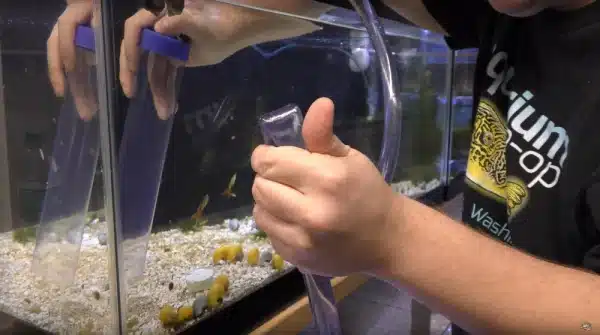
Using Gravel Siphon
1. Start Inside
To start, examine the quality of the water and check the water by examining whether the water looks/feels dirty/polluted/smelly.
If any of this is yes, start cleaning the inside of the tank to eliminate all the algae.
Once you thoroughly remove algae, take a lint-free/cotton cloth/sponge to clean the walls of the fish tank and make sure the walls are squeaky clean.
Before pouring the fresh water back into the fish tank, ensure the walls don’t have any soap remnants, or the freshwater may also get ruined.
2. Using Gravel Siphon
Gravel Siphon is an amazing and highly efficient tool to remove fecal waste, food debris, dead plants, etc.
It efficiently removes all the contaminating particles from the fish tank and keeps the sand clear in the fish tank.
3. Refilling the Tank
After you are done cleaning the tank, you will need to refill the tank with fresh water again.
Before refilling, ensure the power supply is turned off, and the cord is removed from the socket.
This will prevent any possible risk of shocks and keep you safe. Turn the switch on after the water is filled and set up the aquarium again.
For instance, putting the sand back, stones, plants, and other eatables for the fish.
Using Turkey Baster
1. Prepare the Tank
It would be best to start by disconnecting your aquarium from the power outlet and removing the water, fake plants, and decorations.
Please be mindful of the live plants; you don’t want to remove them as they probably won’t be able to get replanted.
Even the decorations and other materials in the aquarium need to be thoroughly washed with warm water and a brush.
2. Raking the Sand
To start with raking the sand, gently use your fingers to take a small amount of sand and run the sand through the running water to remove debris from the sand.
Consider using a turkey baster or a pressure pump to separate the dirt from the water.
You should work patiently and take only a small section of sand at a time.
This will ensure that no impurities remain in the sand.
3. Replace the Decoration and Refill
Once you are done with cleaning the sand and the decoration, you can start refilling the tank and arranging the decoration.
Knowing that the water you are refilling in the tank should be free of chlorine and at room temperature is crucial.
Using Bottom Feeders
If you do not feel like going through the whole procedure of emptying the tank and cleaning it, then using bottom feeders is a great alternative to clean your fish tank easily.
For instance, snails, shrimp, and and pieces are great examples of bottom feeders.
These bottom feeders help by eating dust, dirt, and other residues on the sand.
Even if this doesn’t clean the sand entirely, it helps you occasionally remove the impurities from the sand when you cannot clean it completely.
However, its important to know that all of your fish should go along well with the bottom feeder you add.
For instance, if your preferred bottom feeder is a snack for some fish in your tank, then its worthless to add them as food.
Using Vacuum
Vacuuming the tank using a vacuum cleaner only works efficiently with larger tanks because of the easier maneuverability.
Its recommended that you consider vacuuming your tank only if it is larger than 30 gallons.
We know vacuuming the sand is a little trickier, but a vacuum will save your efforts and get your fish tank all the cleaner.
The vacuum cleaner should be a powerful one to make an impact.
The gravel vacuum cleaner works best for cleaning out the sand in your fish tank.
Have the buckets nearby to drain the dirt from the gravel vacuum cleaner so you don’t waste much time managing the dirt.
Using Sand Sifting Fish
This is more like an automated way to clean sand in your fish tank. Just introduce the sand-sifting fish like Corydoras and Suckermouth catfish, also known as ‘cleaning fish.’
These fishes use their whiskers to find food in the sand, making them skim through the sand all day, keeping it filtered and clear of all the dirt.
The Right Way to Remove the Aquarium Sand
It would be best if you shifted the fish to a different tank to clean your fish tank deep.
Then you can start with removing the water from the tank into a bucket, then moving the decorations, etc, into the same bucket as its essential for the microorganisms to have a safe space.
This brings us to the most important set involving removing the sand.
Clean the sand using the above methods and return it to the aquarium.
You can also replace dirty old sand with new sand if you don’t wish to clean it any longer or if it has become old and lost its texture.
Tips to Clean Your Aquarium Sand
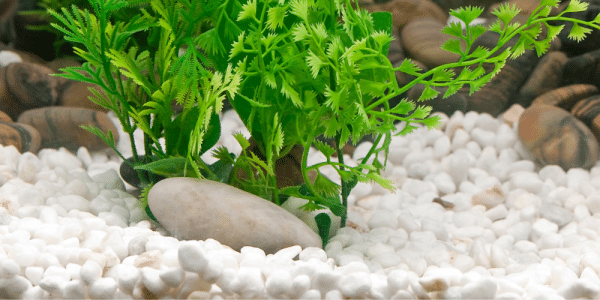
1. New Sand
Like humans, fishes can also feel monotonous with their surroundings, especially with the gravel you use.
So, its essential to change the gravel and introduce different types of gravel after a particular period.
A useful tip is getting the gravel/sand, which naturally matches the fish’s habitat.
Or you can consider low-maintenance soils; they are highly durable and do not require much cleaning.
2. Introducing Snails
You might wonder what role snails play in your fish tank.
They are detritivores, so they help finish up uneaten food, waste, decaying plants, etc; this leaves your aquarium and the sand fresh and clean.
Nassarius snails are typically the type that helps the most; they are not easily available but can be a good investment of effort and money if you find them.
Final Thoughts
We understand that cleaning the fish tank’s sand takes much more finesse than regular sand or gravel because of the process and the living fish involved.
However, if you have read this article to the end, we are assured that it must have helped you clean the aquarium.
We hope that you understand the importance of cleaning your fish tank regularly.
Not only does it help the fish live longer and healthily, but even fish happiness is well taken care of in a nurturing environment.
Frequently Asked Questions
How to Clean Saltwater Aquarium Sand?
Algae cleaning is the first step to clean your saltwater aquarium sand.
You can use your regular algae brush for it. After the removal, you need to change the water using the siphoning or gravel to get a deeper clean.
You can also go for filtration once a week if you don’t want to shock the balance of the aquarium and then change the water next week.
Should I Clean My Aquarium Sand?
Yes, its a must to clean the sand in the fish tank regularly.
Even before putting the sand in the tank, its essential to wash/rinse the sand thoroughly to keep the fish healthy.
Its recommended to clean the sand of the fish tank at least every two weeks.
How Do You Keep Sand Out of an Aquarium Filter?
The most effective way to keep sand out of the aquarium filter is only by putting the aquarium filter far away from the sand bed area.
The other option is to use a sponge and plug it into the end of the outlet water pipe.
Then, you must closely monitor the sponge for dark spots and change it whenever it gets dirty.
What is the Difference Between Play Sand and Aquarium Sand?
The foremost difference between them is their size, texture, and coarseness.
Play sand is used for playing by kids in the park and is generally not submerged in water.
It is bigger and highly coarse, and the texture is also rough.
On the other hand, aquarium sand is soft, consisting of very fine and soft grains, making it perfect for tiny fishes.

